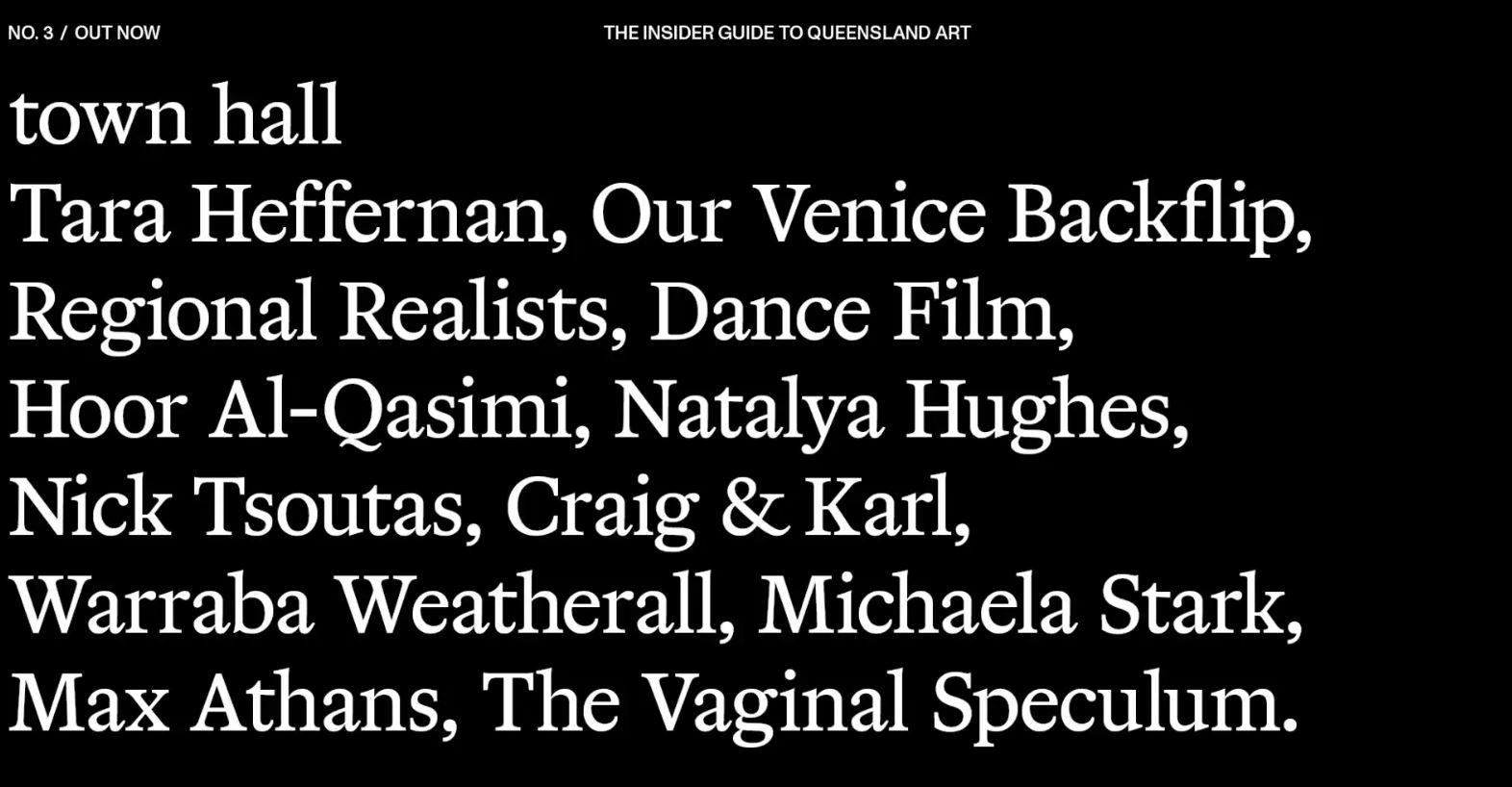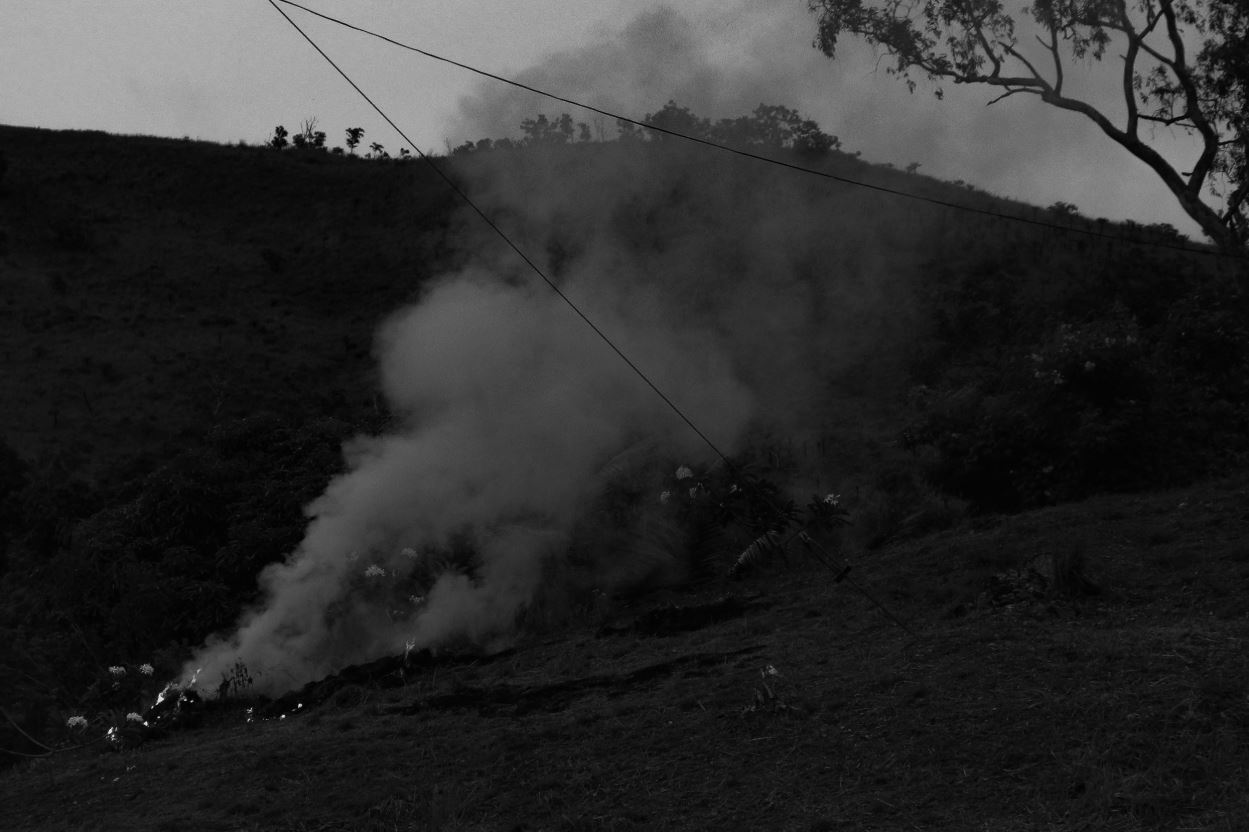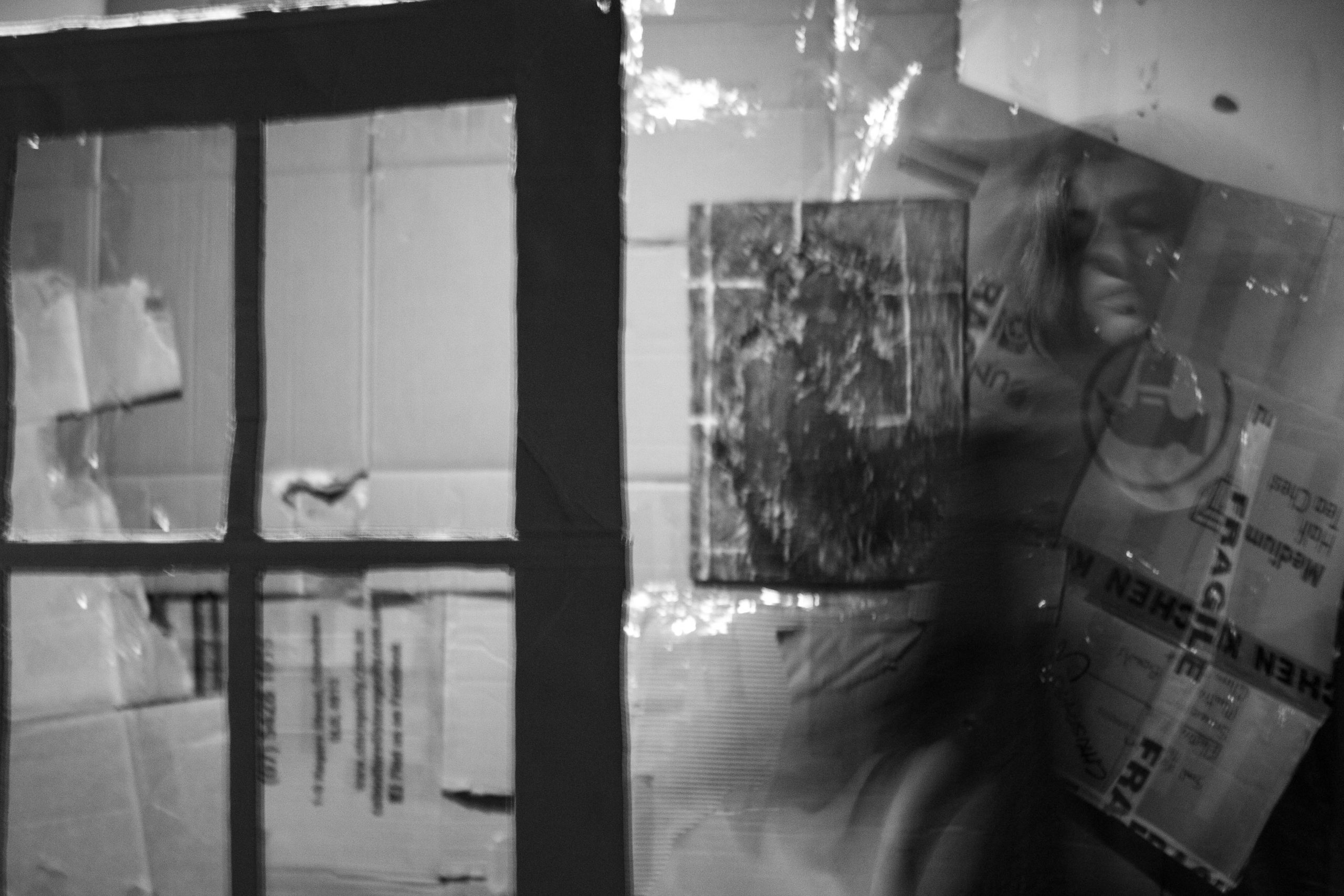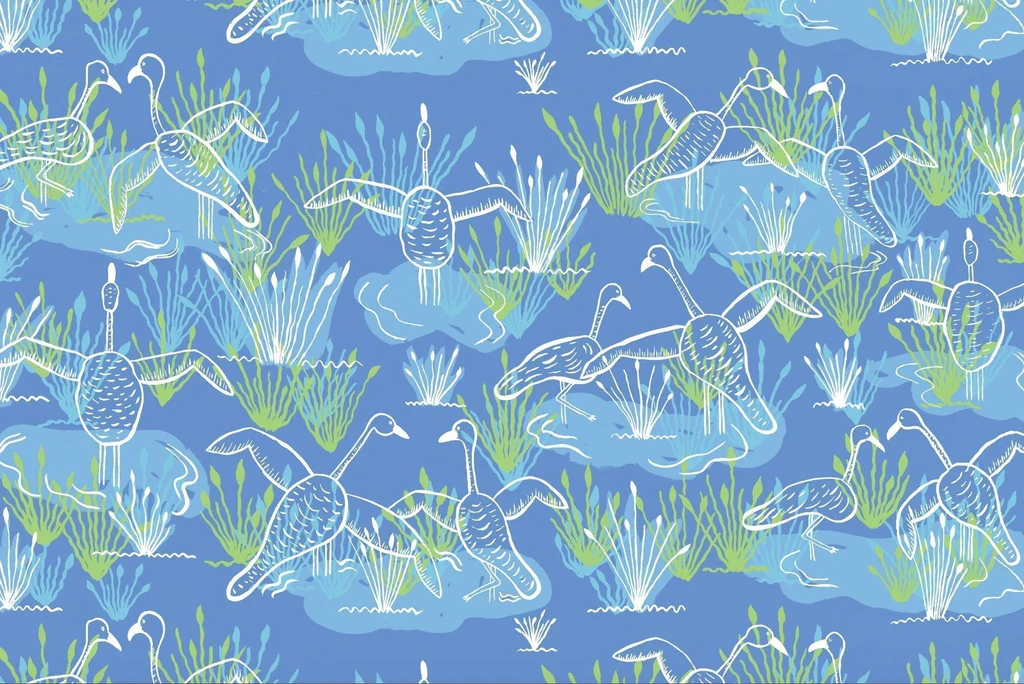A.J. Taylor’s latest body of work, On Surface, continues his exploration of the Queensland landscape. His paintings capture scenes from locations close to his home in the Sunshine Coast hinterland, such as Stony Creek and Mooloolah River National Park, as well as more distant sites, including Carnarvon Gorge, Lamington National Park, and the Bunya Mountains.
Taylor follows a long tradition of recording the Australian landscape, yet his process is uniquely his own. His works are meticulously observed and unmistakable representations of specific locations—they could exist nowhere else. However, they are just as much about the act of seeing as they are about the landscapes themselves.
At the core of Taylor’s paintings are distinctive underpainting surfaces, built through a process of layering marks that evoke natural chaos—such as the rippling of water or the fractal patterns of branches and leaves. These layers are then sanded back to a smooth surface, leaving behind a subtle memory of accumulated marks.
The nature of the ground—its colours, textures, and complexity—dictates the subject, mood, and scale of each work. In some areas, these underlying marks seamlessly integrate into the composition, while in others, bold colours and unexpected shapes create tension between abstraction and realism.
When seemingly unintelligible marks disrupt the coherence of the image, the viewer instinctively synthesises them into a unified whole. This process of perception and interpretation is central to Taylor’s practice. His work invites a conspiratorial relationship between the artwork and the viewer, challenging them to engage in the act of visual completion. Through this interplay, Taylor continues to explore the dynamic tension between abstraction and realism, developing a visual language that mirrors both the complexity and simplicity of the natural world.
Image: A.J. Taylor, ‘Pink Ash, Bloodwood and Bracken’, 2025, oil on board, 107.0 c 250.0 cm










